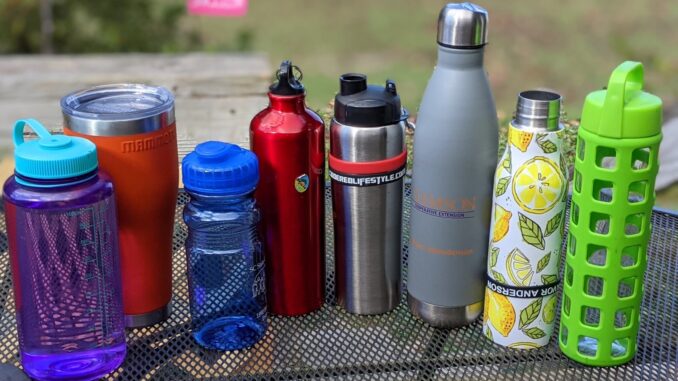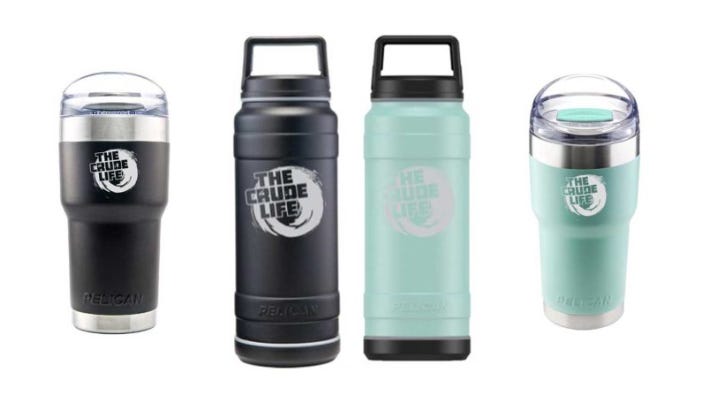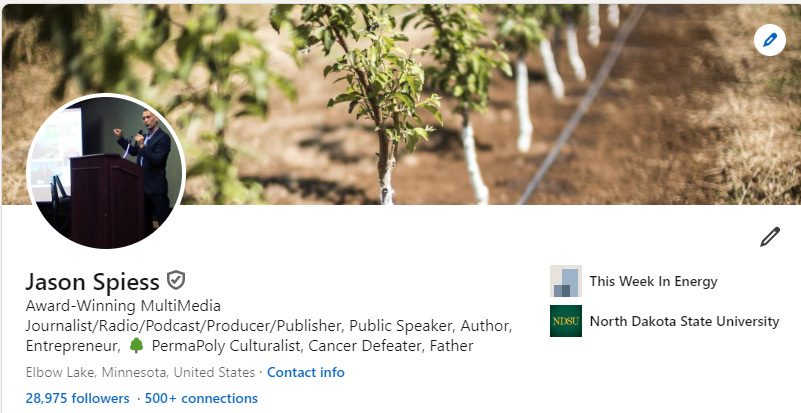
Reusable plastic water bottles have become an integral part of modern consumer culture, offering an eco-friendly alternative to disposable plastic bottles. However, the journey from raw materials to the finished product is a complex process involving multiple industries, from energy exploration and refining to manufacturing, logistics, and marketing.
This article delves into each stage of creating a reusable plastic water bottle, exploring the industries, environmental concerns, and economic factors involved.
1. Energy Exploration: The Foundation of Plastic Production
The journey of a reusable plastic water bottle begins with energy exploration, specifically the extraction of crude oil and natural gas. These fossil fuels serve as the primary raw materials for plastic production.
- Oil and Gas Exploration: Companies drill deep into the Earth’s crust to extract crude oil and natural gas, using techniques like hydraulic fracturing (fracking) and offshore drilling.
- Refining: Once extracted, crude oil is sent to refineries where it undergoes distillation to separate various hydrocarbons. Naphtha, a key component derived from crude oil, is used in the production of plastics.
- Ethylene and Propylene Production: Through a process called cracking, refineries break down naphtha into smaller molecules, mainly ethylene and propylene—building blocks of polyethylene (PE) and polypropylene (PP), which are commonly used in reusable bottles.
2. Harvesting and Refining Raw Materials
The harvested ethylene and propylene undergo polymerization, transforming them into long chains of plastic polymers.
- Polymerization Process: Chemical plants use catalysts to polymerize ethylene into high-density polyethylene (HDPE) or polypropylene, known for their durability and flexibility.
- Pelletization: The resulting plastic is then cooled and cut into small pellets, which serve as raw materials for manufacturing plastic products, including reusable water bottles.
3. Shipping and Distribution of Plastic Pellets
Once refined into pellets, the plastic material must be shipped to factories worldwide.
- Transportation Methods: Shipping involves multiple modes, including cargo ships, freight trains, and trucks, to move plastic pellets from petrochemical plants to bottle manufacturers.
- Supply Chain Considerations: Global logistics ensure that manufacturers receive raw materials on time. Delays in shipping can affect production and pricing.
4. Production and Manufacturing
Upon arrival at a manufacturing facility, plastic pellets are transformed into reusable water bottles.
- Injection Molding: Plastic pellets are melted and injected into molds to form the bottle’s basic shape.
- Blow Molding: The injection-molded preform is heated and inflated to its final bottle shape.
- Quality Control: Manufacturers test bottles for strength, leak resistance, and durability.
5. Engineering and Design
A well-engineered bottle ensures longevity and usability.
- Ergonomic Design: Designers create bottles with features such as contoured grips and spill-proof caps.
- Material Enhancements: Some bottles include additives for UV resistance or antimicrobial properties.
- Custom Branding: Companies apply branding, color variations, and personalization features.

6. Marketing and Consumer Outreach
Once produced, reusable water bottles must reach consumers through effective marketing strategies.
- Advertising Campaigns: Brands promote their bottles through social media, television ads, and eco-conscious marketing.
- Retail and E-commerce: Bottles are distributed to stores, online marketplaces, and corporate promotional events.
- Corporate Sustainability Initiatives: Many companies use reusable bottles in green initiatives to promote sustainability.
7. Logistics and Global Commerce
The distribution of reusable water bottles involves complex logistics and supply chain management.
- Warehousing and Storage: Bottles are stored in warehouses before distribution.
- Global Trade: Many manufacturers operate internationally, exporting bottles worldwide.
- Retail Partnerships: Collaboration with major retailers and online platforms ensures wide accessibility.
8. Safety and Regulatory Compliance
Reusable bottles must meet strict safety and environmental regulations.
- FDA and BPA-Free Certification: Ensuring bottles are free from harmful chemicals like bisphenol A (BPA).
- ISO Standards: Compliance with international quality and safety standards.
- Testing and Recalls: Routine testing prevents contamination and product defects.
9. Environmental Considerations and Sustainability
Despite being reusable, plastic bottles still pose environmental challenges.
- Recycling Challenges: Many plastic bottles are recyclable, but not all are properly disposed of.
- Carbon Footprint: Manufacturing and shipping contribute to greenhouse gas emissions.
- Biodegradable Alternatives: Some companies explore biodegradable plastics as an alternative.
- Consumer Education: Encouraging responsible use and proper recycling of reusable bottles.
10. The Future of Reusable Plastic Water Bottles
The industry continues to evolve with advancements in material science, design, and sustainability efforts.
- Smart Bottles: New technologies like self-cleaning bottles and built-in filtration systems.
- Increased Recycling Initiatives: Governments and corporations push for improved recycling infrastructures.
- Alternative Materials: Research into plant-based and compostable plastics is ongoing.
- Stricter Regulations: Governments worldwide are implementing stricter policies to reduce plastic waste.
And that is only part of the Sustainable Story involving reusable water bottles.
The creation of a reusable plastic water bottle is a complex journey involving multiple industries, from energy exploration to final consumer use. While these bottles offer a sustainable alternative to disposable plastics, challenges remain in reducing environmental impact and ensuring proper recycling.
As technology advances, innovations in materials, production, and sustainability will shape the future of reusable plastic water bottles, making them even more eco-friendly and efficient.

Article by Jason Spiess. Spiess has over 35 years of media experience from being the host to the publisher to an editor to the executive producer to having principal ownership in several media companies.
Spiess is currently the host of several newsmagazine radio podcasts that carry a 20-plus radio network, as well as worldwide through iHeart, Spotify and other podcast platforms. Spiess also operates a diverse professional social media audience with his media brands of over a combined 400K followers.
In addition to his newsmagazine radio podcasts, Spiess is a regular contributor to many industry publications, radio shows and traditional news websites.
Spiess is a full-time father, cancer survivor, environmental steward, author and graduate of North Dakota State University. Spiess also operates an off-the-grid office integrating sustainable solutions, including the best practices with an Industrial Forest and Digital Diversity.
Everyday your story is being told by someone. Who is telling your story? Who are you telling your story to?
Email your sustainable story ideas, professional press releases or petro-powered podcast submissions to thecontentcreationstudios(AT)gmail(DOT)com.
#thecrudelife promotes a culture of inclusion and respect through interviews, content creation, live events and partnerships that educate, enrich, and empower people to create a positive social environment for all, regardless of age, race, religion, sexual orientation, or physical or intellectual ability..



